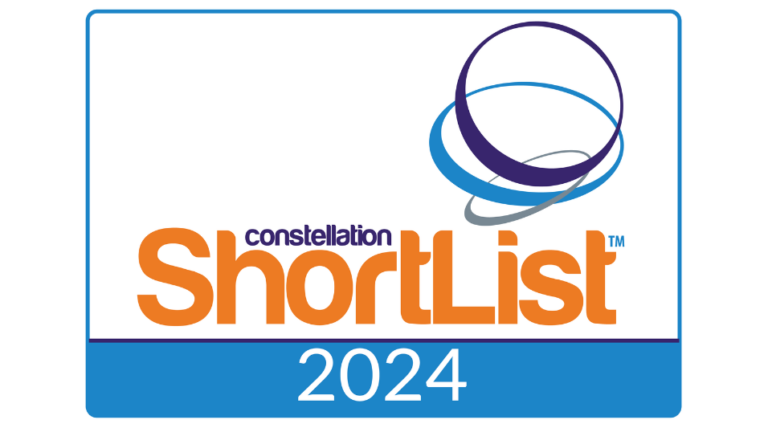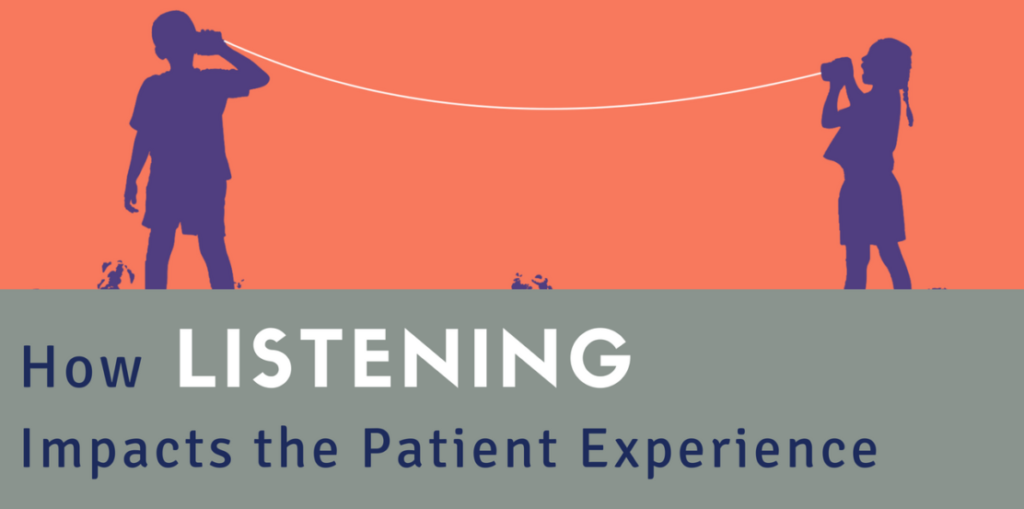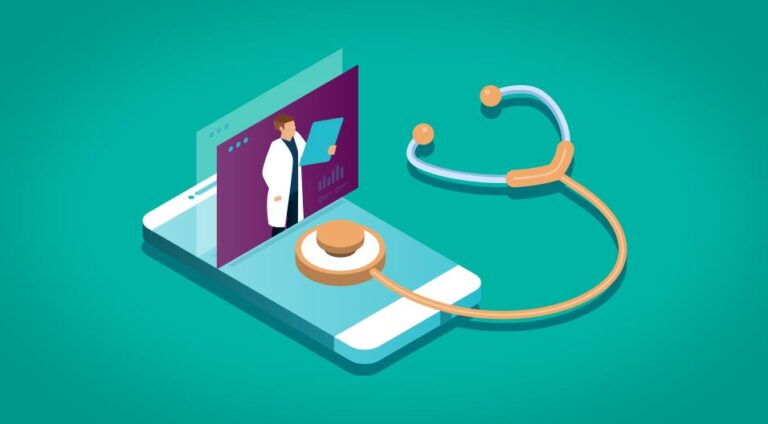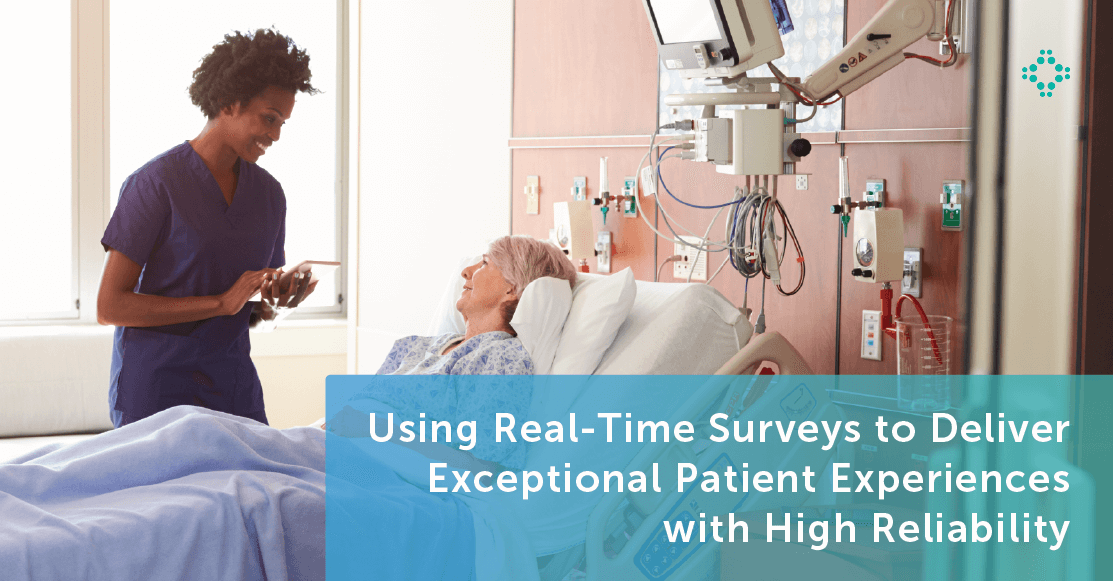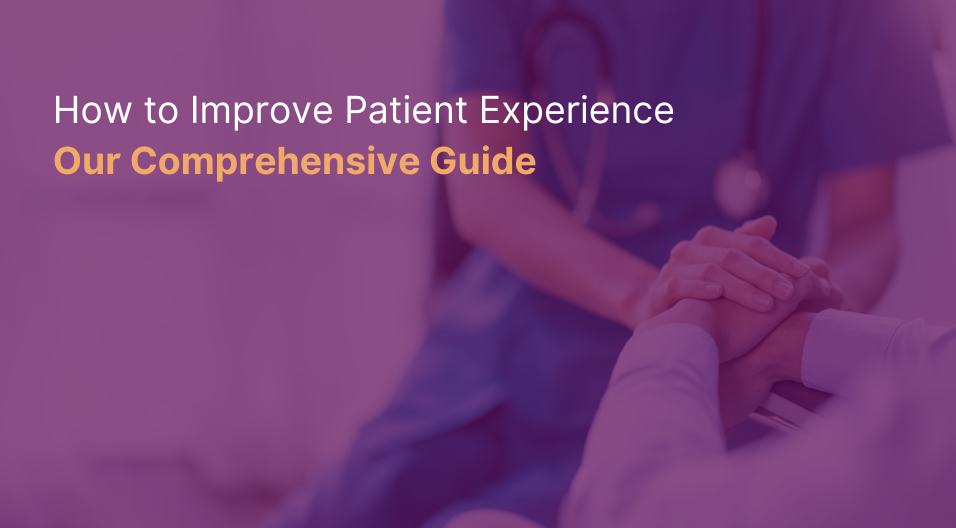Research from The Beryl Institute Consumer Perspectives on Patient Experience explores what patients feel is the most important aspect of their care. In their research, the Beryl Institute asked over 2,000 consumers of all ages, genders, and geographic locations the question “What is important to you” in the patient’s experience? 56% of the consumers responded that people are more important than process and place.
When the researchers dug a bit deeper to inquire about the most important component of the patient experience, 95% of consumers ranked “listen to you” as very and extremely important to them. This research reminded me of some management development training I had earlier in my career – with the goal of putting patients at the center of their care.

Learning the Right Tools to Deliver Patient-Centered Care
When I was working at a hospital system in the mountain states, we wanted to change the organizational culture to be patient-centered. As you can imagine, this was not an easy task, but to start, we realized that we, as managers, needed to lead by example.
As part of our training, we learned new effective communication tools that would help us to elevate our conversations that previously seemed non-productive, repetitive, and blaming. An important tool in this toolbox was “listening to understand.” It seems so simple, but in order to respond differently, we needed to listen differently. We needed to listen without judgment, without making up information, without anger, and without jumping to conclusion.
The tool asks us to listen for four different types of information and consider this before we respond. We needed to listen and think about:
- What happened (what was the event)
- What are their thoughts or opinions about the event?
- What are their feelings about the event?
- What is their desired result?
How can a care provider send the message to the patient that “I am listening to you.”
After reading the Beryl Institute research, I went back to my materials and found some behaviors and action tips as you think about ways to ensure patients know you are listening:
Face the patient and maintain eye contact
Talking to a patient while you scan the room, study a computer screen, or look at your phone signal that you are not fully present. You may think you are being efficient, but the patient is hoping that you would pay attention and listen fully.
Be attentive, but relaxed
Similar to the first point, being attentive is key, but for patients who may feel scared or anxious, keeping a relaxed demeanor will give them comfort.
Keep an open mind
Listen without judging the patient or family. And listen without jumping to conclusions. Although you might have heard this before, it is new to the patient or family member. Additionally, try to avoid being a “sentence-grabber” or talk over the patient or family.
Wait for the patient or family member to pause to ask clarifying questions
You can say “Wait a second, can you back-up? I didn’t understand what you just said about….” Ask questions to ensure understanding so you can respond appropriately.
Give the speaker regular feedback
If the patient is saying one thing and the tone of their voice says another, you can mirror what the patient has said to check in on the emotions. For example, “You say you are ok, but by the tone of your voice, you seem upset” Paraphrase what the patient has said to make sure they know you have heard them. You can say: “Let’s see if I got this right…”
Pay attention to what isn’t said
Look for the nonverbal cues that might give you hints about how the patient or family is feeling.
Just like we practiced our new tool of listening to understand, I recommend you practice these behaviors with the next person you talk with. Be conscious of the level of your attention and eye contact. Are you judging the speaker or jumping to conclusions? Can you remain neutral in the conversation? Can you give the speaker feedback by mirroring or paraphrasing what was said? Are you able to read the non-verbal cues that help convey how the speaker is feeling?
Practice Active Listening with your Patients
Practicing your listening skills will help cultivate the tool Listening to Understand and convey to patients and others that we are really listening and help them feel they are placed at the center of their own care.
Sources:
Patterson, Grenny, McMillan Switzler. Crucial Conversations: Tools for talking when stakes are High. McGraw Hill, 2002.
Listening Skills. www.skillsyouneed.com/ips/listening-skills.


